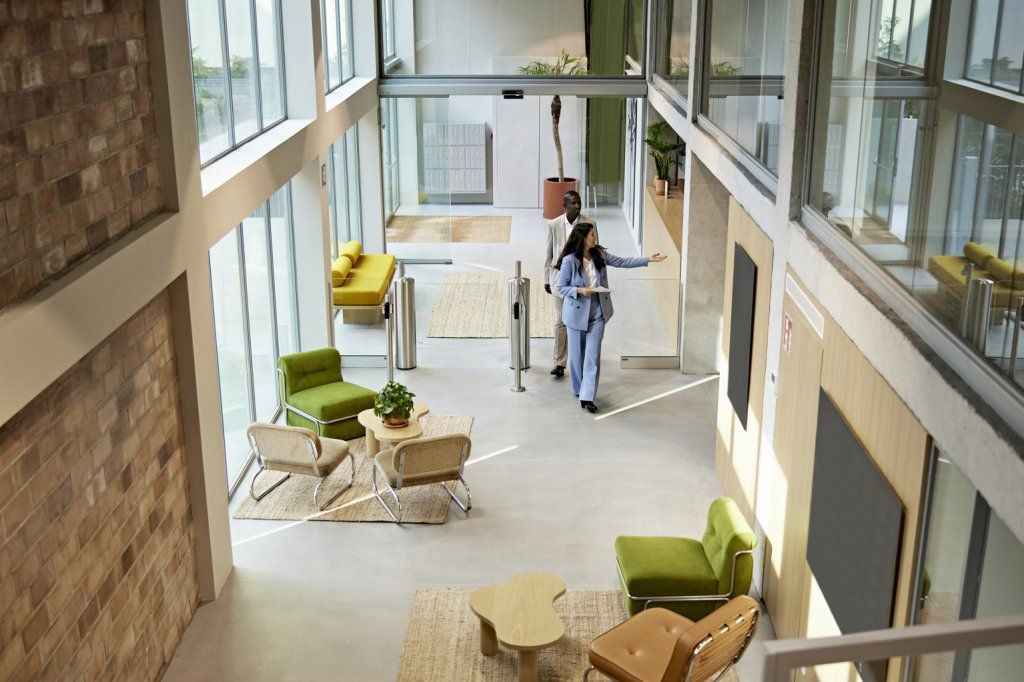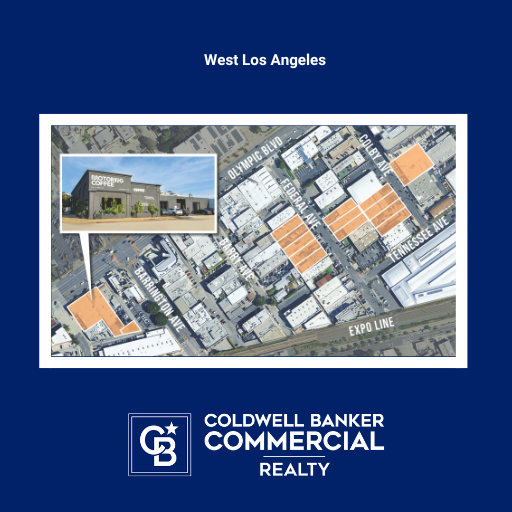NAR Reports: Retail Fundamentals Improving as Year Progresses

A new report by NAR shows that retail markets across the country are showing promise. In fact, strong year-over-year gains in asking rents were recorded in Q3 2021. That primarily occurred in Midwestern, Southwestern and Southern metros such as Akron, OH; Las Vegas, NV; Tulsa, OK; Salt Lake City, UT; Fort Lauderdale, FL; Jacksonville, FL; Atlanta, GA; Nashville, TN; Tampa, FL; and Cincinnati, OH.
Researchers at NAR note that malls remain a vulnerable property type, though big-Box demand is fueling power center growth and leasing activity is heading in a positive direction. There continues to be declines in vacancy rates of smaller centers, while the general retail category continues to gain strength.
NAR Reports net absorption of retail space during Q3 2021 totaled 30.2 million square feet, the highest level that it has been since the fourth quarter of 2017. In early 2021, a little more than two months into Q4 2021, net absorption of retail space totaled 17.9 million square feet, with 96% of the gains in net absorption primarily driven by strong demand for general retail and neighborhood space. Retail vacancy rates decreased from Q3 by 10 basis points to 4.7% by early December 2021, as the majority of retail assets experienced compression, with the exception of malls. New retail supply, which has been low throughout the year, hit a new low in Q3 2021 of 2.9 million square feet, but has rebounded to 3.2 million square feet by early December 2021. Most of the retail space under construction remains centered around general retail.
Retail asking rents continue on an upward trend, reaching 2.7% above where they were a year ago, with malls seeing a higher percentage increase from Q3 at 0.8%. Most recent data indicate mall asking rents have been increasing throughout 2021 and currently are at a 2.3% increase year-over-year. But strip centers, at 3.4%, represent the highest year-over-year increase of any retail property. According to CoStar data, markets like San Francisco, CA; New Haven, CT; and Saint Louis, MO have seen negative changes in retail asking rents with respect to last year. In contrast, the market leaders that show strong year-over-year gains in asking rents were primarily Midwestern, Southwestern and Southern metros such as Akron, OH; Las Vegas, NV; Tulsa, OK; Salt Lake City, UT; Fort Lauderdale, FL; Jacksonville, FL; Atlanta, GA; Nashville, TN; Tampa, FL, and Cincinnati, OH.
Malls remain the stubborn retail asset and despite foot traffic returning, it remains vulnerable to problems a potential increase in COVID infections from cold weather would cause. NAR reports Net absorption, which had been improving as of Q3 2021, is reversing as of early December 2021. More than three million square feet of mall space has been returned to the market. Mall supply increased by 259,299 square feet. There was a total of 69 buildings that were under construction as of Q3 totaling 3.8 million square feet. Overall mall vacancy increased by 40 basis points to 8.4%, and asking rents increased 2.3% year-over-year.
Power centers have 1.1 million square feet of net absorption as of early December 2021, reports NAR. Demand growth is expected to continue, given recent opening announcements from retailers such as Dollar General. Vacancy rates continue to decline, reaching 5.4%. Leasing activity has been making progress towards pre-pandemic levels, with 2021’s high point recorded in last quarter at 3.8 million square feet.
Smaller shopping centers experienced increasing demand throughout the year. Demand for neighborhood and strip center retail assets account for 50% of the demand in Q4 2021 and 48% of the net absorption experienced since the beginning of 2021. Net absorption in Q4 for neighborhood centers totals 6.3 million square feet and 2.5 million square feet for strip centers, reports NAR. Vacancy rates continue to decline for both property types as neighborhood and strip center vacancy declined by 20 basis points, respectively, towards 7.2% and 5.3%. Rent growth for these properties exhibit similar growth patterns as they both see continued increases in year-over-year asking rent growth. Asking rents for neighborhood centers saw 3.2% growth, while strip centers saw 3.4% growth.
The general retail category, encompassing single-tenant, freestanding, and general-purpose structures such as drugstores, experienced continued increases in net absorption throughout the year where net absorption hit a high of 14.2 million square feet in Q3 2021, the highest it has been since Q3 2018. By early December 2021, Q4 net absorption totaled 10 million square feet. Demand continued to outpace supply since Q4 2020, with supply currently totaling 1.9 million square feet. General retail accounts for the lowest vacancy amongst retail properties at 2.8%, representing a decline of 1 basis point from Q3. General retail asking rents increased 2.5% year-over-year in Q4 2021.
A Trusted Guide in Commercial Real Estate
Coldwell Banker Commercial® provides Commercial Real Estate Services from Property Sales and Leases, to Property Management. Learn how our expansive network of Independently Owned and Operated Affiliates and Real Estate Professionals use their in-depth knowledge of the local market and industry trends to help businesses and investors navigate the complexities of the commercial real estate landscape.






